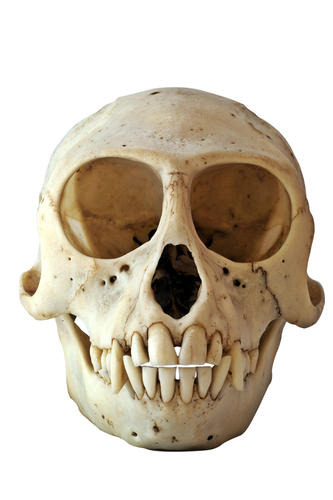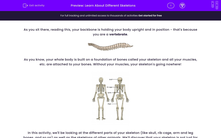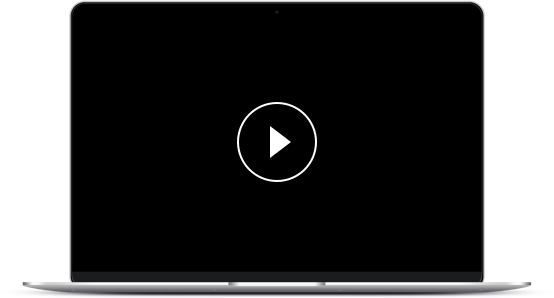As you sit there, reading this, your backbone is holding your body upright and in position - that's because you are a vertebrate.

As you know, your whole body is built on a foundation of bones called your skeleton and all your muscles, etc. are attached to your bones. Without your muscles, your skeleton's going nowhere!
.jpg)
In this activity, we'll be looking at the different parts of your skeleton (like skull, rib cage, arm and leg bones, and so on) as well as the skeletons of other animals. We'll discover that your skeleton is not just for support but is also important for protecting some of the precious organs in your body.

For example, the skull protects the brain, while the rib cage protects organs like heart, lungs, liver, stomach and so on.
We'll also have a look at how the muscles are attached to the bones so that the body can be moved: as muscles contract they shorten, pulling on the bone they're attached to, and so moving it. Many muscles work in pairs, one contracting to pull the bone one way, while the other muscle is relaxed and gets longer as the bone moves. Then the process reverses to move the limb back to its original position.
So, lots to find out about and explore - let's go!







